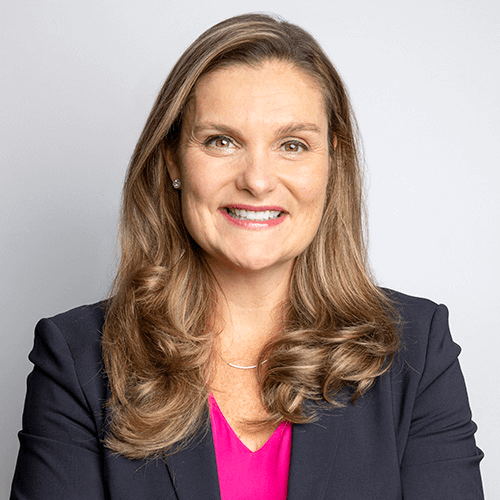Part 4: Unlocking ESG – Navigating the Sustainability Ecosystem Series
Following their discussion, here are our top takeaways:
Communication, communication, communication
“ESG engagement – whether with directors or senior management - is an extension of that well-established practice of ongoing communication between companies and their investors and extending it to ESG related issues,” noted Judy Cotte of ESG Global Advisors. Companies have to be prepared. “When a director or senior executive really cannot speak about an ESG issue that appears to be material for the company, that really tells investors a lot,” she pointed out. “Unsuccessful engagements, for example when we can’t implement positive change or when companies are hesitant to make things happen is valuable information for investment managers,” added Michael Viehs of Federated Hermes International. “These are red flags.” For Judy Cotte, companies should be aware of the ESG priorities of investors which they can ascertain from annual reports, proxy voting guidelines, proxy voting records, engagement activities, etc. “Be proactive. Companies really should be using all of their regular communication channels: not just formal ESG engagement by Directors, but through providing updates on ESG-related information in regular meetings or calls with IR and management, investor presentations earnings calls, etc.”
Engagement is different from activism
“Active ownership is very different from activism. An activist is generally taking a position in a company to assert control and bring about substantial changes, often in the quite near term, whereas an active owner is looking to influence a company, not control it. An active shareholder is really looking to work with the company to bring about ESG related improvements that the investor believes will deliver better long-term sustainable value,” explained Cotte. “We’re not there to acquire a board seat like many of the activist hedge funds are doing,” noted Viehs. “It’s about a collaborative dialogue. Hermes’ approach is not solely focused on ESG engagement but covers subjects like corporate strategy and risk management. “You cannot as an investor effect positive change in a company if you just approach climate change, human rights or corporate governance in isolation,” he said.
Together investors are stronger: coalitions
Lindsay noted that there is an increasing trend in investor collaboration on ESG engagements, whether it be the Climate Action 100+ group, the Net Zero Asset Owner Alliance or the Investor Alliance for Human Rights. When investors do not see progress on ESG issues, escalations might include a specific voting action, making a public statement or filing a shareholder proposal file, Cotte argues. “I think that in some markets, particularly the US, it’s more common to file a shareholder proposal to get the company’s attention but I don’t think that’s the best way to go as it sets up that relationship as adversarial right from the get-go. I think smaller shareholders are probably better served by partnering with a larger shareholder if there’s a priority ESG issue they really believe the company needs to address,” she recommended.
More ESG focus on social issues due to the COVID-19 pandemic
Viehs remarked that although climate change has been on top of the agenda for a long time, the pandemic has shown “ that the social pillar is also important for companies. For example, how companies treated their employees, how they made it possible for them to work remotely and supported their mental health are important Areas of focus going forward include human rights, gender and racial diversity, and supply chain standards. ” For Cotte, one of the key ESG trends is the focus on outcomes no matter what the topic. “In the early days of engagement, most shareholders thought that a ‘win’ was just getting a meeting with the company, particularly at the board level, but that’s no longer sufficient” she pointed out. “Investors are increasingly expected to set a goal for engagement and escalate their efforts, if necessary.” She thinks the COVID crisis will accentuate the focus on climate as it has highlighted the need to consider systemic risk and expects more regulatory pressure. “In 2018, Morningstar reported that 170 ESG related-regulatory measures were proposed globally, which was more than in the previous six years combined.”
A step by step approach to engagement works best
“When we engage with companies, we look at the most material factors we want to address, not the entire universe, we select the three or four,” noted Michael Viehs. He highlighted a case study related their ESG engagement work with Volkswagen. If the initial focus was on corporate governance, other topics were then brought to the fore such as electrification and becoming carbon neutral by 2050. “We are not approaching ESG from just a tree-hugging exercise point of view. This is really for us also to help companies and businesses address financially relevant material ESG risk to ensure the companies we invest in are able to deliver sustainable wealth creation over the long term,” he said. Cotte advised companies looking to properly prepare for an ESG focused engagement, to do an ESG materiality assessment and be prepared to demonstrate how they are integrating these material ESG factors into their corporate strategy and risk management processes. “This is an important foundation for ESG engagement and certainly for improved ESG disclosure,” she concluded.
